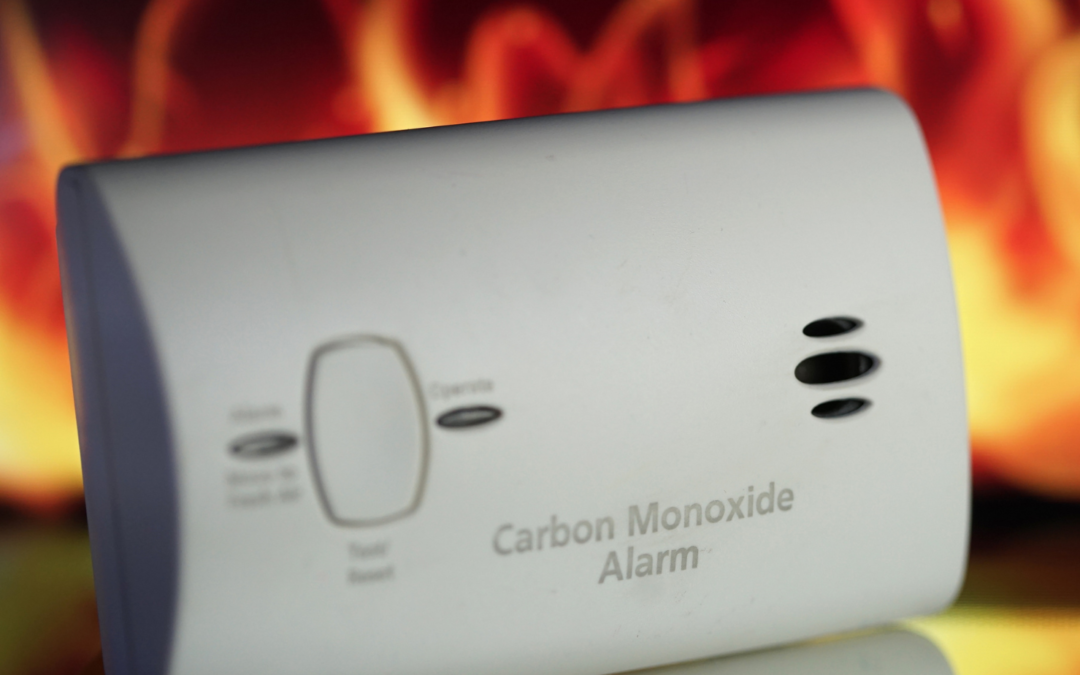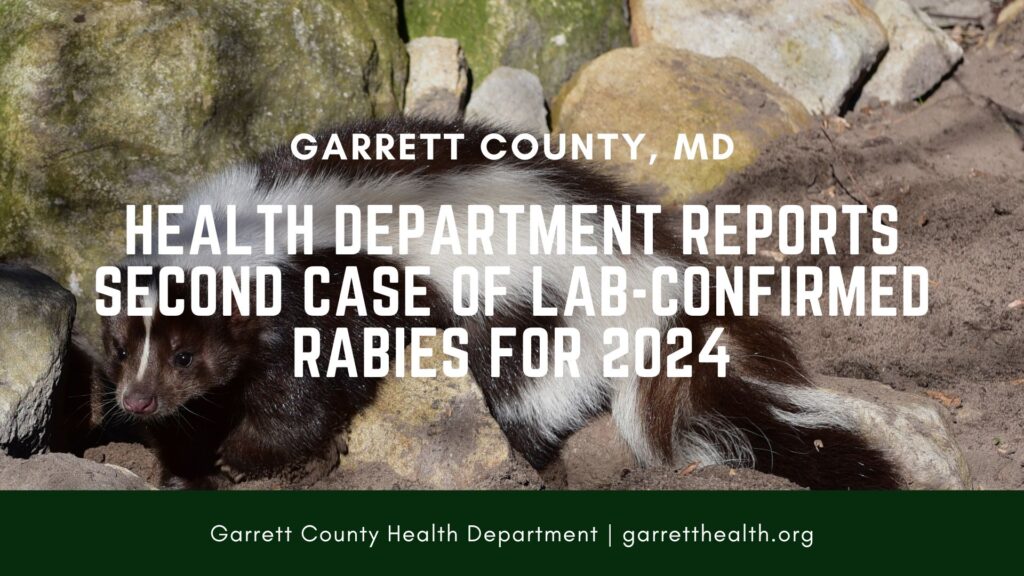By Diane Lee, Public Information Officer, Garrett County Health Department
The Environmental Health Office of the Garrett County Health Department reminds everyone that home heating appliances could be a source of poisonous carbon monoxide gas.
“It’s important to get out of the home into fresh air immediately if someone in your home has symptoms of carbon monoxide poisoning,” said Eli Reed, Environmental Health Specialist. “We can direct you to the appropriate fire department if you are interested in having your home tested, but the first thing to do is to get out of the closed in space and call 911 for help.”
Carbon monoxide, or CO is an odorless, tasteless, colorless gas that can be fatal when inhaled. It is sometimes difficult to determine if carbon monoxide is the culprit because its symptoms are similar to the flu and allergies. Low levels can cause nausea, dizziness, weakness, and muscle aches. Higher doses can impair judgment, cause paralysis or coma, and potentially death. Carbon monoxide exposures especially affect unborn babies, infants, and people with anemia or a history of heart disease.
According to the U.S. Consumer Products Safety Commission, there are more than 250 carbon monoxide deaths every year associated with the use of combustion appliances in the home. Every year nearly 5,000 people in the United States are treated in hospital emergency rooms for carbon monoxide poisoning.
“Any fuel-burning appliance in your home is a potential source of carbon monoxide,” Reed said. “When appliances are kept in good working condition, they produce little carbon monoxide. Problems arise when fuel-burning appliances are inadequately maintained, improperly operated, or improperly vented.”
Common sources of carbon monoxide include gas, oil, or wood-fueled appliances, furnaces, wood stoves, fireplaces, coal stoves, charcoal grills, cooking ranges, water heaters, kerosene heaters, portable generators, and automobiles left running in closed garages.
“Kerosene space heaters are of particular concern in Garrett County, since many residents use this type of auxiliary heat during power outages caused by adverse weather and winter storms,” Reed continued. “Kerosene heaters should be used with extreme caution; they are not meant to be a primary source of heat. Make sure these heaters are vented to the outdoors and are equipped with oxygen depletion sensors. If you must use a gas or kerosene heater in an emergency, keep doors open to adjacent rooms of the house and crack open a few windows. This allows enough air for proper combustion and reduces deadly carbon monoxide levels.”
“The most important way to reduce the risk of carbon monoxide is to keep all fuel-burning devices well-maintained and inspected for safety,” Reed said. “Experts recommend having your fuel-burning systems inspected by a trained professional every year. Always operate a fuel-burning device for its intended purpose, make sure it has been installed correctly, and remember to vent these devices to the outdoors.”
There are carbon monoxide detectors you can install in your home for continuous monitoring of dangerous CO levels. These devices are similar in appearance to smoke detectors and are powered by household electrical current or self-contained batteries. They are available at most hardware or department stores averaging in price from $20 to $40.
For more information concerning carbon monoxide safety tips or other indoor air quality concerns, call Environmental Health at 301-334-7760.
- Featured Today on Go! Garrett County: 89 MILLION+ STEPS/ACTIVITY RECORDS! – Step/Activity Challenge Weekly Leaderboard – Week 90 - May 2, 2024
- Featured Today on Go! Garrett County: Harvest Hub Update & Second Funding Round! - May 1, 2024
- Health Department Reports Second Case of Lab-Confirmed Rabies for 2024 – Announces Low-Cost Rabies Clinics for 2024 - May 1, 2024









